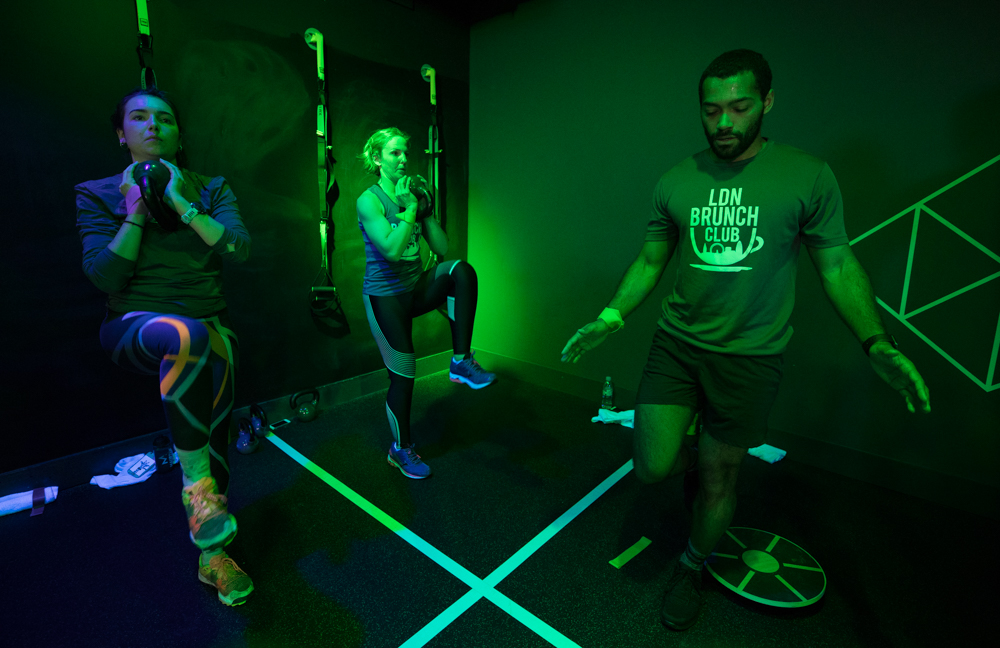
By Dan Little, Head of Fitness
When it comes to developing lower body strength for running, there are few more effective exercises than single-leg drills.
In our new running-specific HIIT programme, MATRIX RUN, we do lots of movements on one leg to not only strengthen and condition but to address imbalances that many of us have from modern life.
Running is a fundamental movement pattern, but it’s also a very complex movement. The smallest imbalance can leave us with niggles, which explains why so many recreational runners have experienced an injury at some point – depending on which source you believe, it is anywhere between 65 and 80 percent.
Chasing a PB? Add some strength work. A strong body which is accustomed to regular conditioning and mobility work is much more likely to deliver a strong, athletic run, plus it’ll allow you to recover quickly.
Just about everything we do in sports, including running, involves pushing off one leg from a parallel stance. If you train in this way, ie incorporating single-leg exercises, it balances strength and levels the force you can create on either side of your body.
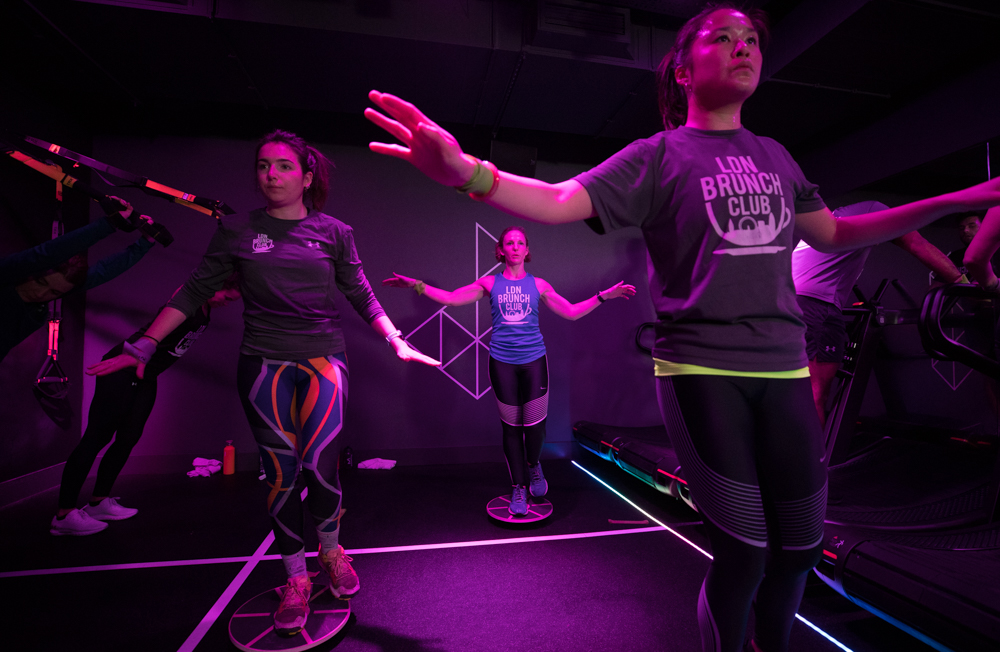
The unstable nature of single-leg work is also a great challenge for your stabilising muscles, the small, often neglected but incredibly important muscle groups. If your stabilising muscles are strong, you massively reduce the risk of injury.
You also work more muscles this way – just picture how much harder it is doing a single-leg squat than a normal squat. There’s a lot more control and stability required.
These exercises also improve the body’s ability to move freely in multiple postures, positions and planes of movement, and they work the glutes hard – always a good thing.
By adding a few single-leg drills into your normal training routine, you will see a huge difference. Here are some of my go-to exercises which give you most bang for your buck:
Single-leg reverse lunge to knee raise hold for 2 secs
3 sets of 15 each leg
Step back into a reverse lunge, ensuring your body remains upright and core engaged, then drive the knee forward and up towards your chest with control. Stabilise the knee raise for two seconds before repeating. You can make it harder by holding a kettlebell or weight.
Single-leg deadlift
3 sets of 10 each leg
With or without weights, this movement is one of the best for strengthening the posterior chain. You also get the benefit of having to stay balanced, really challenging all those stabiliser muscles. Simply stand on one leg (with a slight bend in the knee), hinge forward from the hip until your back is about parallel with the floor, with your non-standing leg reaching out behind you. Come back up to centre and repeat.
Dynamic lateral skaters
3 sets of 40 (20 each leg)
Single leg propulsion/plyometric movements are a vital component to any running training program and this exercise ticks numerous boxes from a power and stability perspective.
Standing on the right leg, drive your body laterally and land on your left leg you’re your knee bent. Jump back onto the right leg and keep repeating, keeping your lower body and core strong and stable. You can do this movement quickly, which trains your fast twitch muscle fibres, or slowly, allowing good recruitment and strength development. The other hugely positive element is the degree of ankle stability and strength involved – which is key to strong running.
Single-leg balance
Gradually increasing from 10 to 60 secs
Balance plays a vital role in lower body stability which is then transferred into strength and power. Take off your shoes and socks and balance on one foot, lightly holding something like the back of chair for stability. Close your eyes and try balancing for 10 seconds at first. You’ll quickly notice improvement, so build up until you can balance unaided for a minute on each leg.

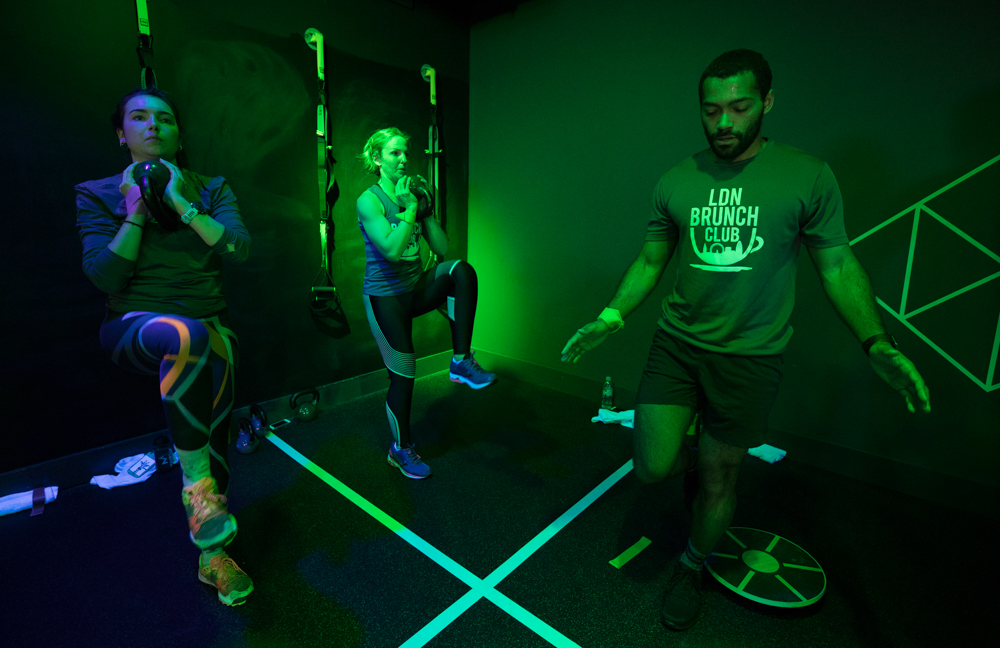
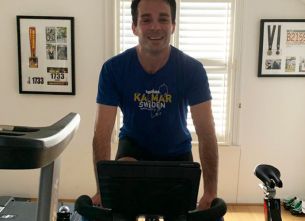
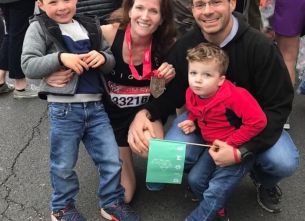

COMMENTS (0)
Be the first to comment!
Please login to comment